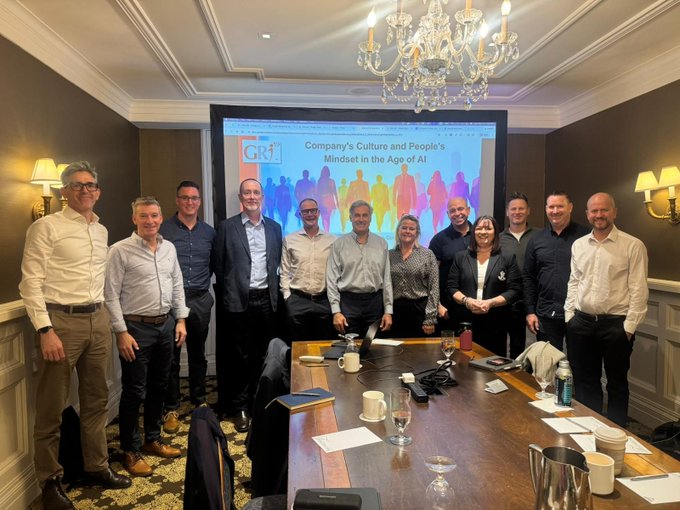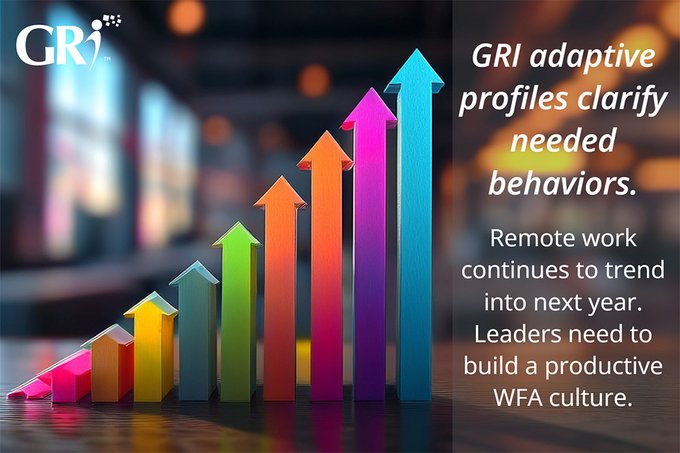21st Century Star Wars Leadership
Posted by Frederic Lucas-Conwell

21st Century Star Wars Leadership
Great people skills are critical for leaders, and although this has always been the case, the speed and transparency of the digital age puts pressure on leaders to develop their people skills to higher standards, faster.
Getting the Right People on the Bus...Or Spaceship

The Jim Collins analogy, "Get the right people on the bus" is frequently used in reference to the most challenging task faced by leaders - hiring and keeping the right people for the job. This analogy asks us to view a company as a big yellow school bus going off to school with a gentle driver as the leader and a bunch of school kids on board. But this is not reality.
No, in the modern business environment, running a company is more akin to a trip to Mars than a simple ride to school. The yellow bus is more accurately described as an intergalactic spaceship right out of Star Wars, and the trip a one-way adventure to an unknown destination in 4D space. The crew members are humanoid, and definitely not kids. The vessel comes under attack from space troopers and other travelers who want to prevent the crew from reaching their deep space destination. People disappear from the ship and new ones replace them, while others become renegades and join the enemies' battalions.
Will the mission succeed? It depends on whether the crew trusts the spaceship commander, how well they fit into the work and the culture of the spaceship, and if they get the opportunity to use their natural talents collaboratively. The commander is responsible for all of this, and the crew's success in turn affects the success of the leader and the mission.
The Spaceship Commander's Job
Leadership is about expressing talent and succeeding in your own way, not just for yourself but for those you lead and for those to whom you become a role model. There is no silver bullet approach for it. The literature and research on leadership are unambiguous. Leadership can be developed and displayed in many different ways, including:
- Transformational
- Servant
- Authoritative
- Participative
- and many other styles
Different paths lead to different talents and successes but ultimately they should all lead others to personal success and the success of the team.
In the current challenging and competitive environment, leadership needs to be expressed at all levels within a company, in as many different ways as there are positions in the organization. This means that leaders must observe and understand team members and identify how they can successfully develop their own version of leadership. This will ultimately reflect and impact the leadership at higher levels, including at executive and board levels.
Additionally, leaders need to look at the organization with a more precise understanding of what it needs for its success; not just in terms of the competencies and skills that are immediately apparent, but also in terms of the behavioral realm of the organization. For example:
- How competencies and skills develop
- How they are expressed and shared
- How trust is built
- How decisions are taken
- How innovation is fostered
- and much more
The leader is in charge of the people in the spaceship. He or she is the commander responsible for what the spaceship needs, who goes on the mission, how they work together and how they all participate and contribute to make the mission successful. All these aspects remain the most challenging for leaders in our days.

Like on the spaceship, leaders need to bring on board others that complement them, rather than those who may be their copy/paste version. The mission succeeds or fails based on how the leader adapts his/her style to team members, manages complementary styles for effective working relationships, and avoids forcing his/her own style onto others. Whether they are the Steve Jobs, Mahatma Gandhi or Winston Churchill of their time, those who have developed leadership have intuitively, by chance, or as a result of painful experiences mastered these challenges.
Successful Mission: Understanding Behavior
Assessing people and predicting how they will perform in an organization has historically been a daunting task. It is hard enough with siblings, spouses, partners, parents, friends or children, with whom we have close or lengthy relationships. We can all think of times we've been so wrong!
What we need to know about our coworkers, employees, managers and direct reports is driven by a very different set of priorities than in our personal lives. The pressure to perform in the workplace makes it critical to understand a lifetime of information about the behavior and personality of candidates and employees in a very short amount of time. Those time constraints and the need for efficiency will continue to mandate doing more with less manpower. In this context, the acute need for understanding people faster and with greater accuracy becomes more imperative.
And making robust, actionable information about each individual's optimal path of performance available to those in charge of hiring talent, developing leadership and growing the organization will be key to assuring future leadership.
It's the central purpose of the GRI to provide objective measurement, accessible proven tools, knowledge, and support to help navigate the spaceship to the final destination, and develop the leadership capabilities of its crew and the ship's commander. There is nothing radically new in the above concepts. What's radical is being able to effectively move them from the wish list to reality, and developing 21st century leadership to a new level.
Images: 123RF
Latest Articles
Groupama Successful Transformation in Romania: The GRI, Catalyst for Profound Change
The history of Groupama in Romania is an eloquent testament to resilience, strategic vision, and the transformative impact of innovative management tools. Arriving at the...
Hybrid Work: A Management Revolution
The COVID-19 pandemic has acted as an unprecedented catalyst, radically transforming our approach to work. What was once a marginal practice has become the norm for many...
Leadership 3.0: Objective Insights for People-Centric Leaders
Steve, a brilliant entrepreneur, poured his heart into his work. His team at "Innovatech" was on the brink of a major breakthrough, a new app that promised to revolutionize...



